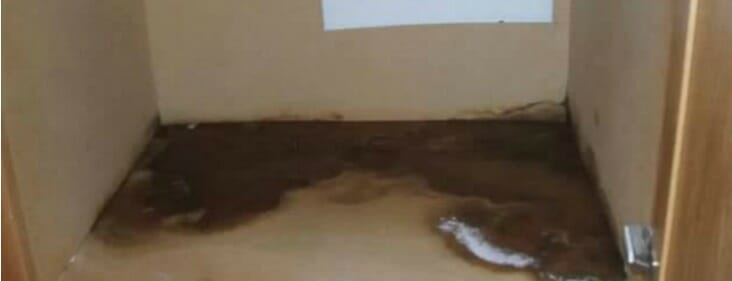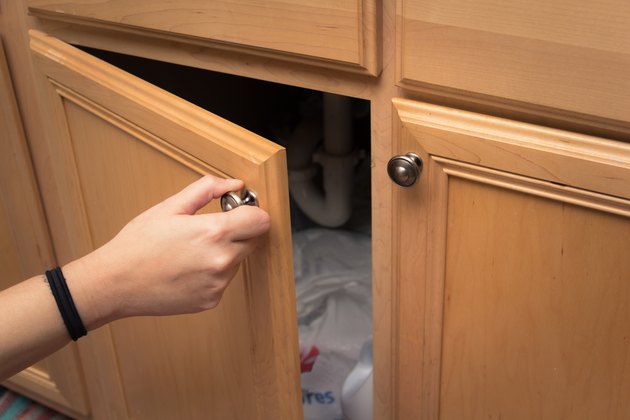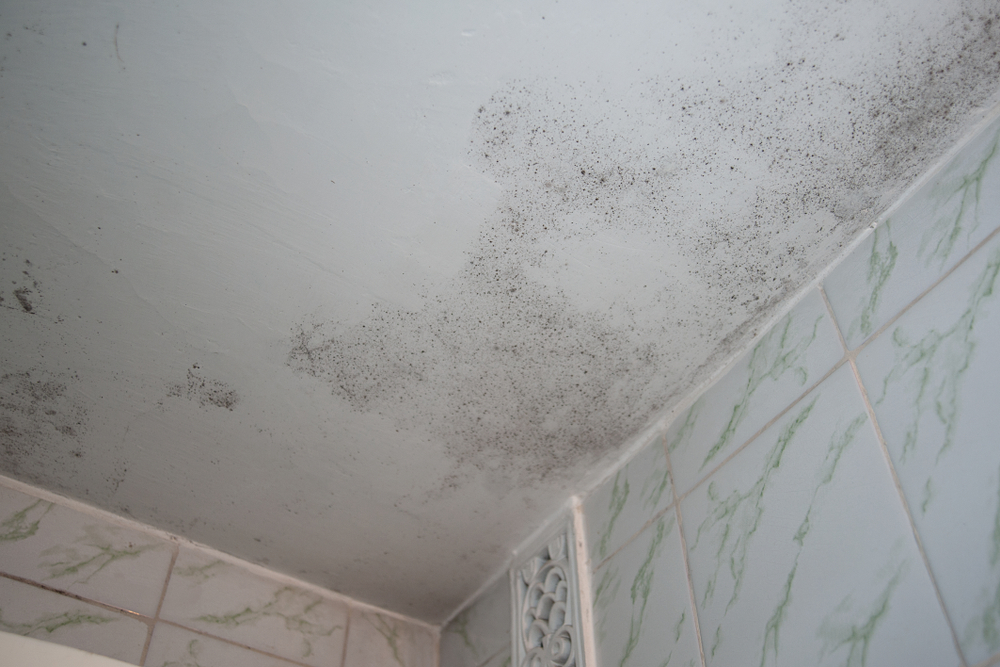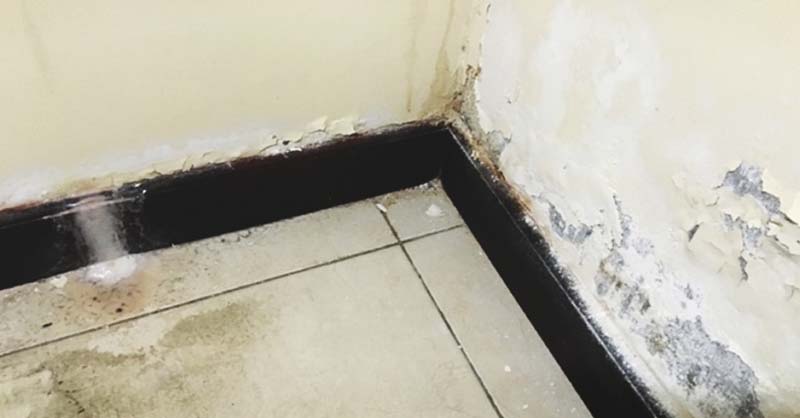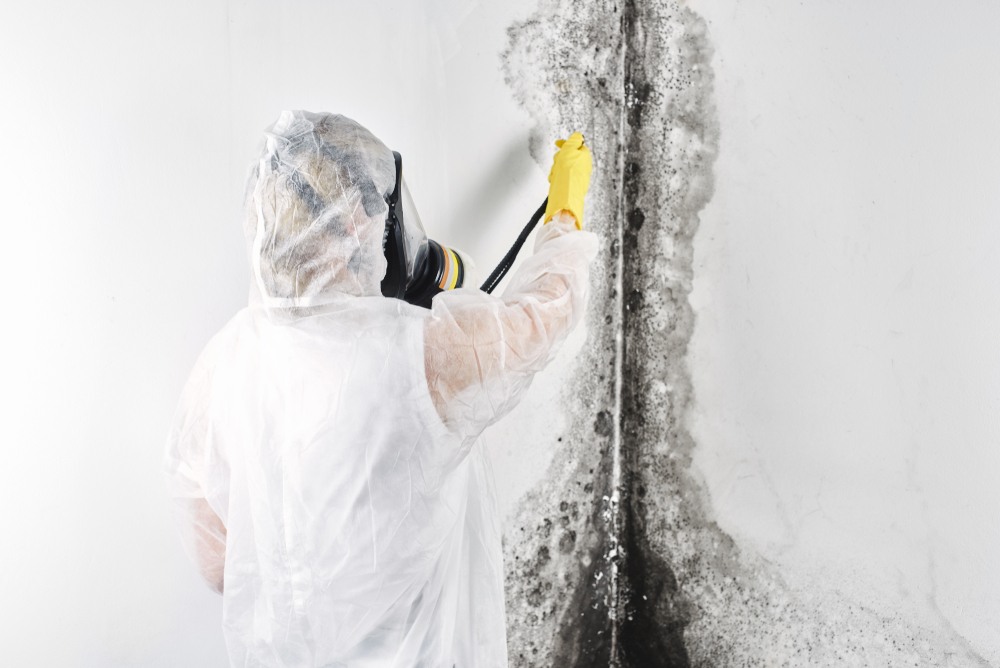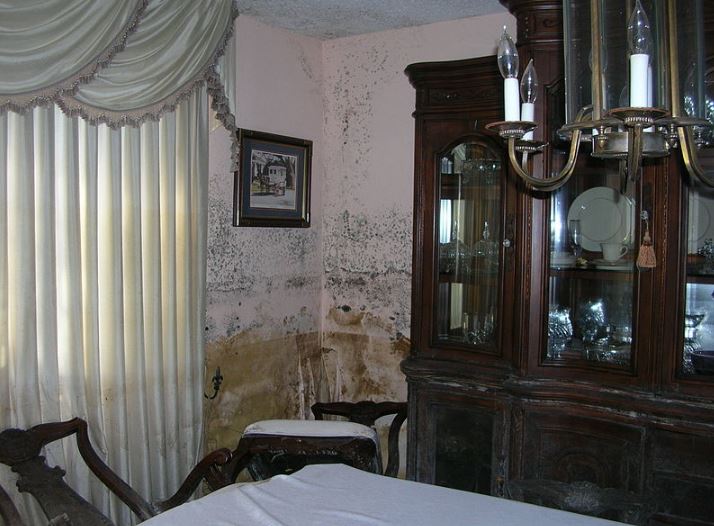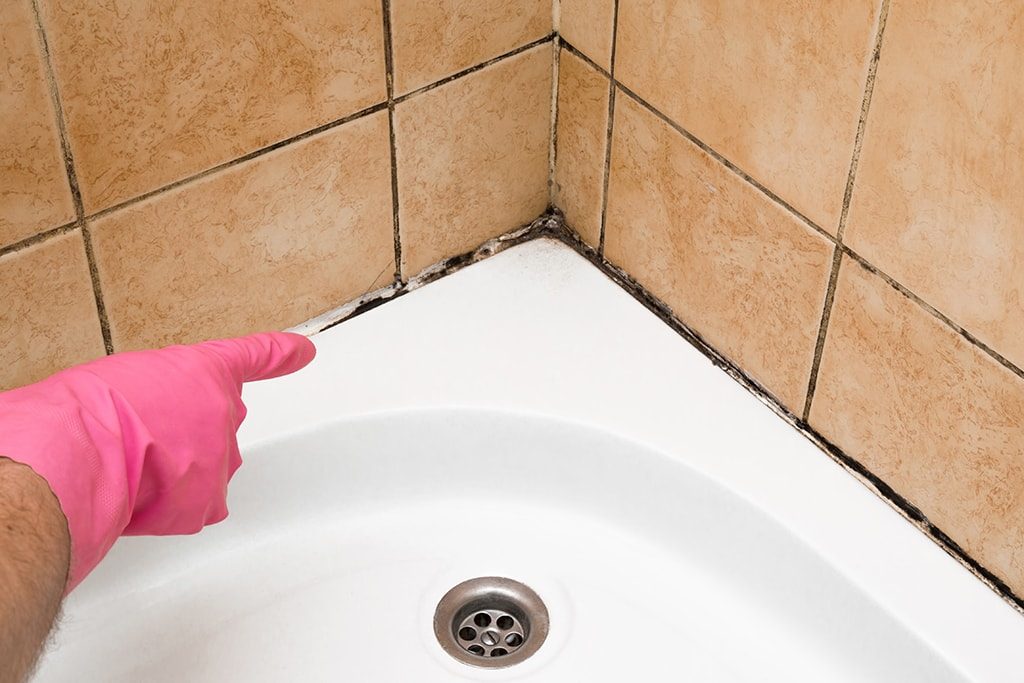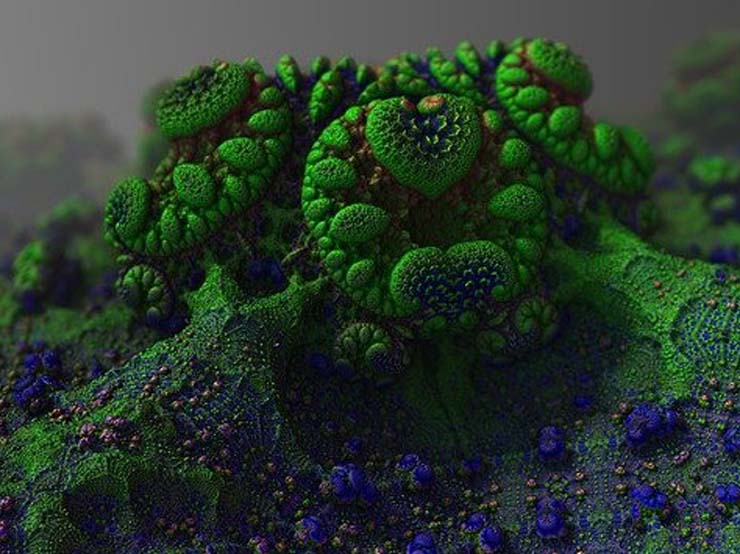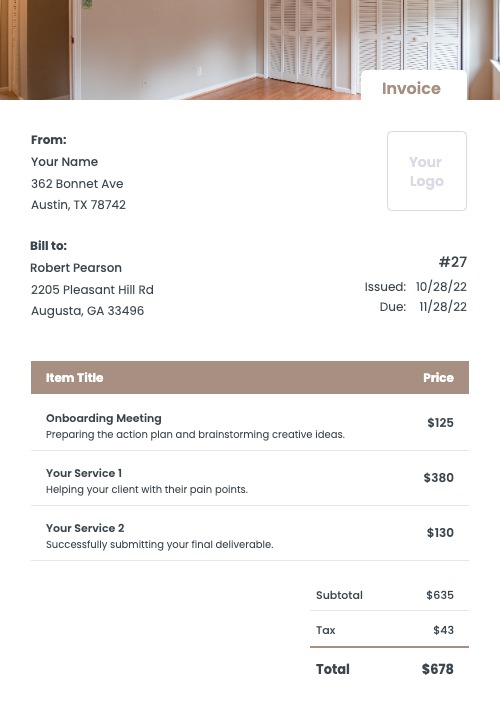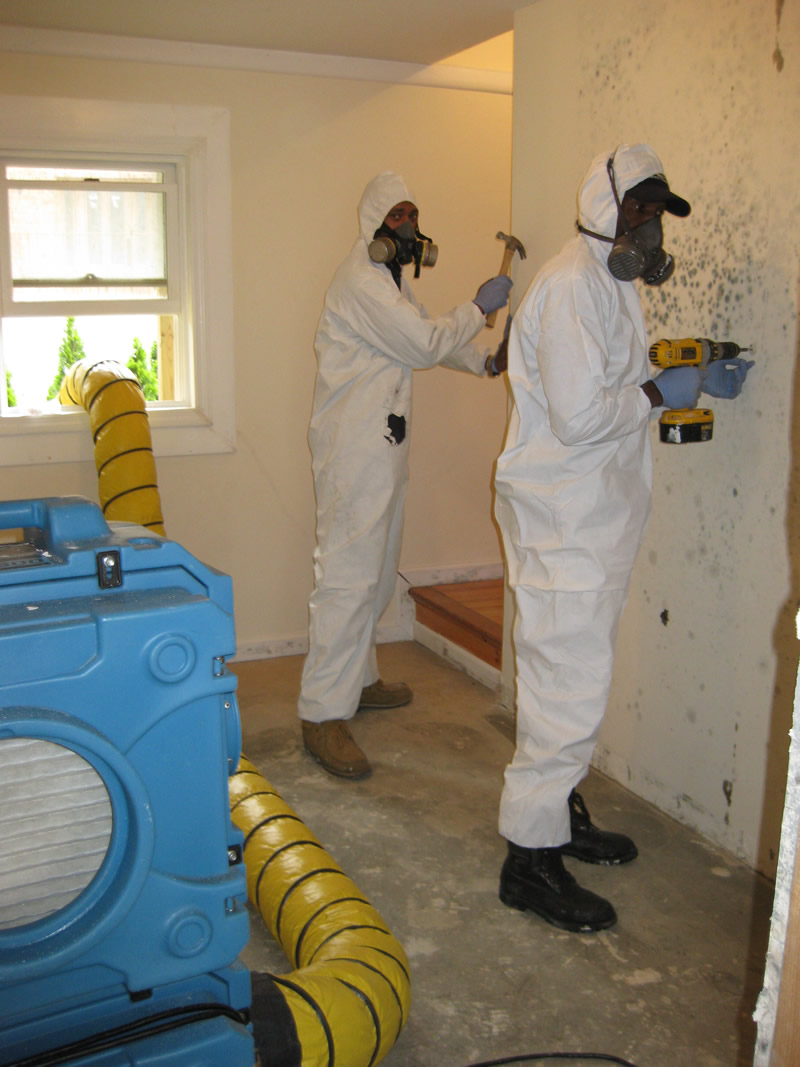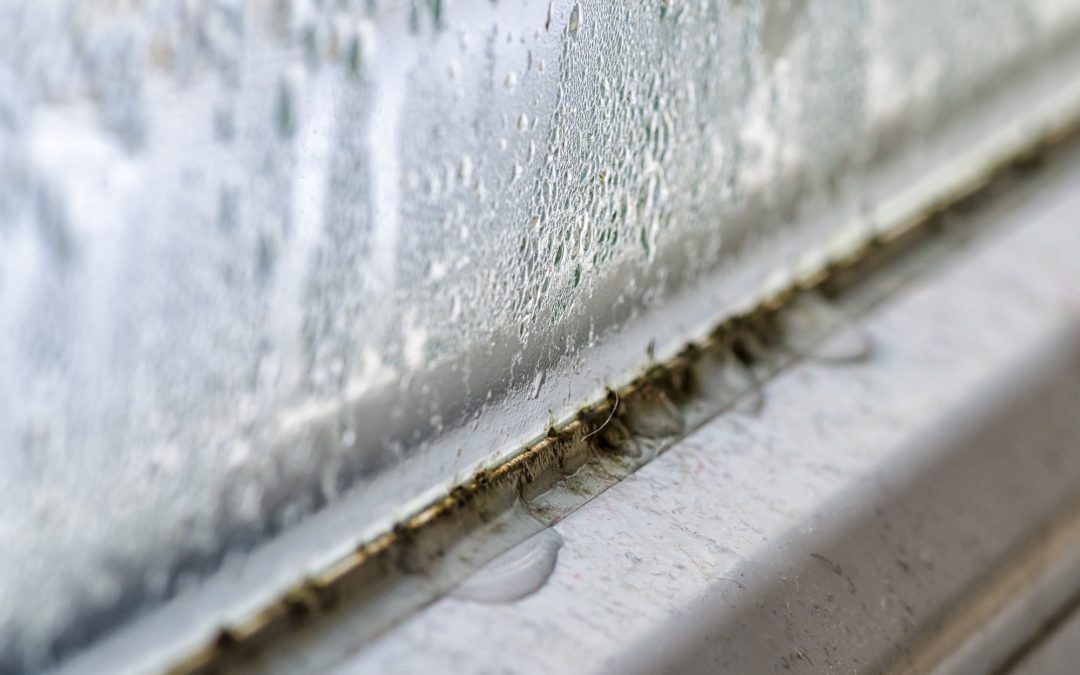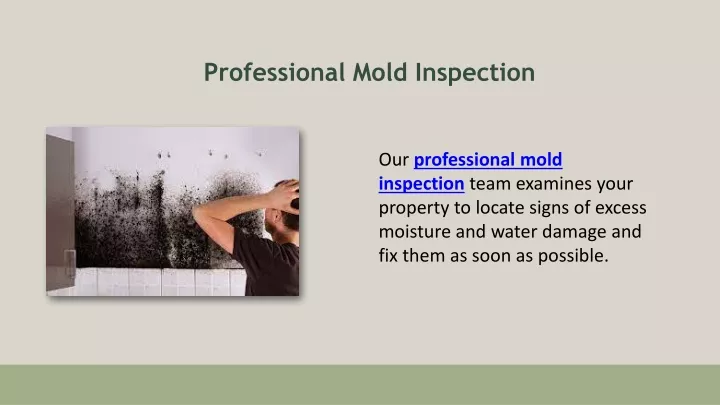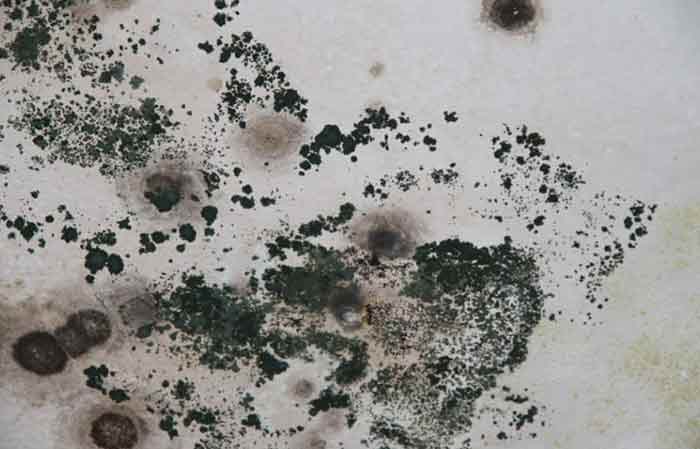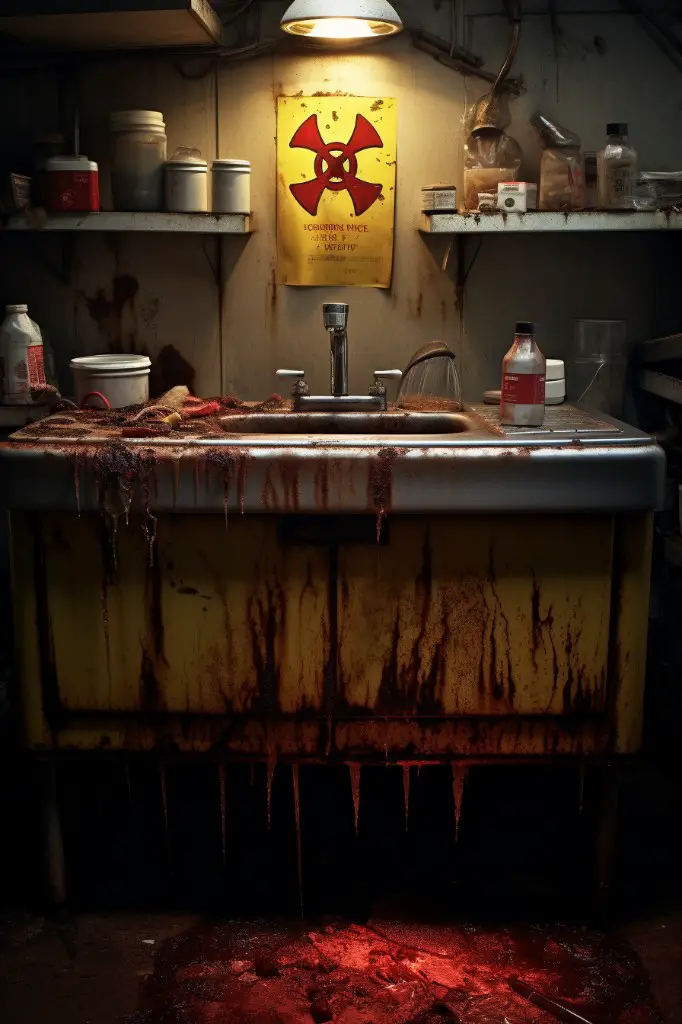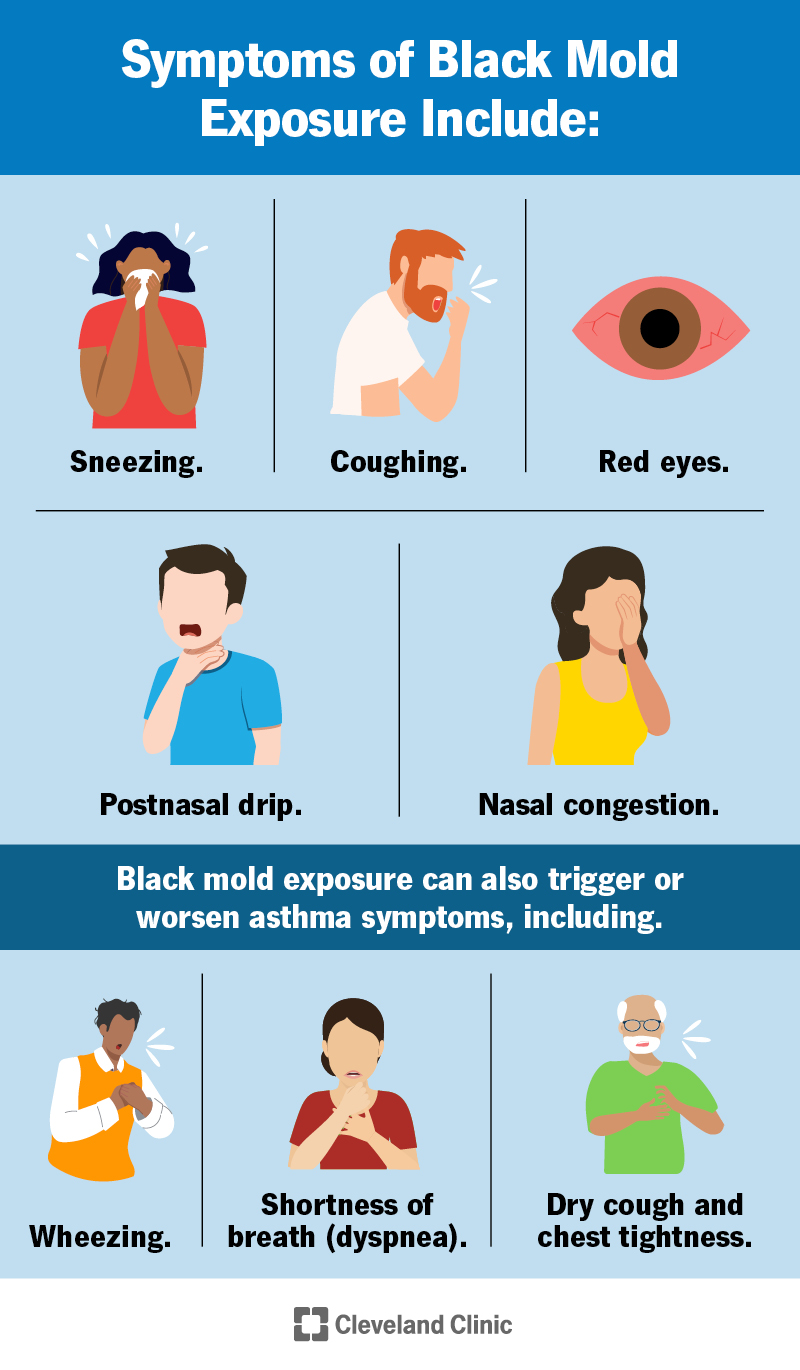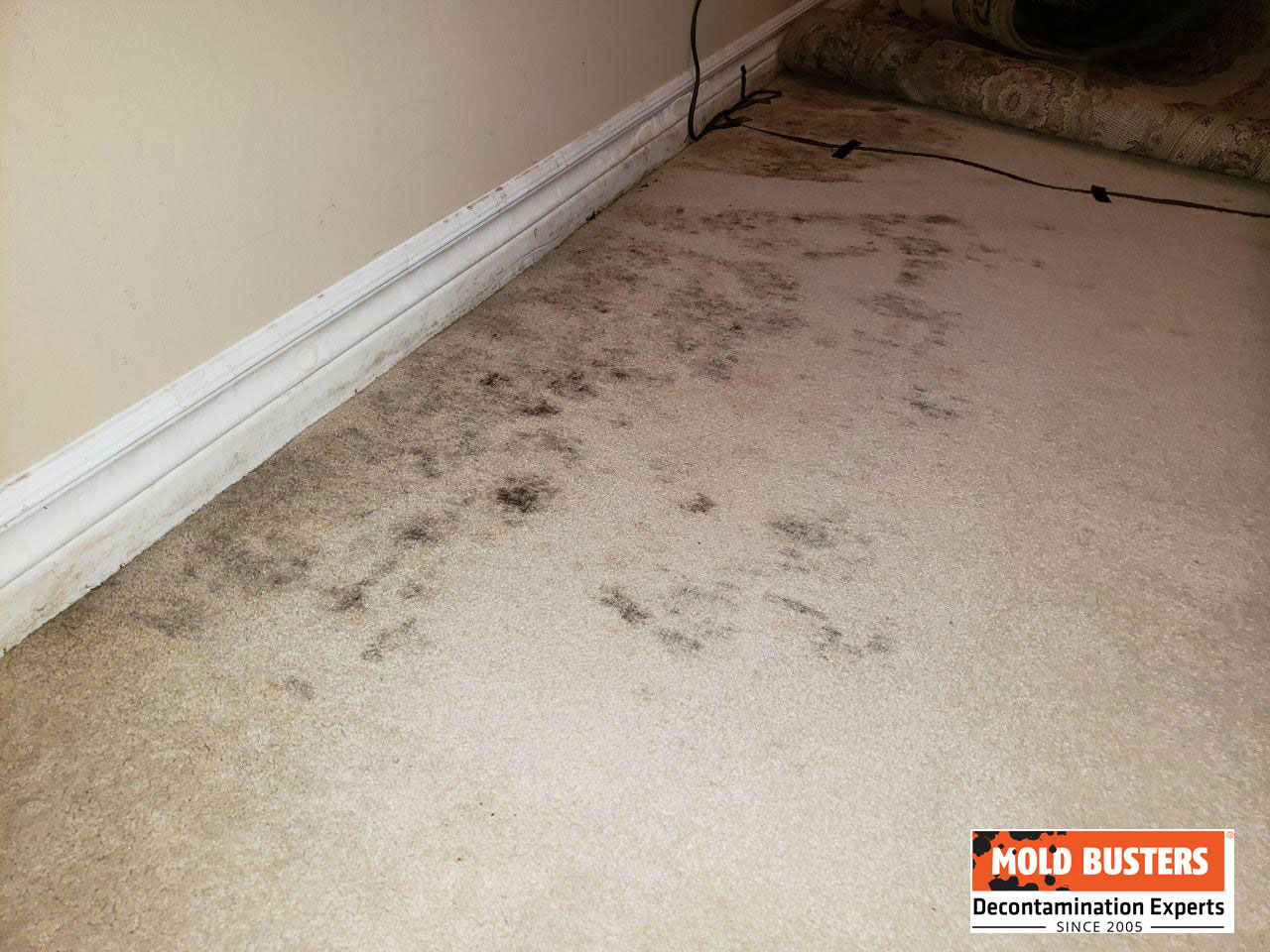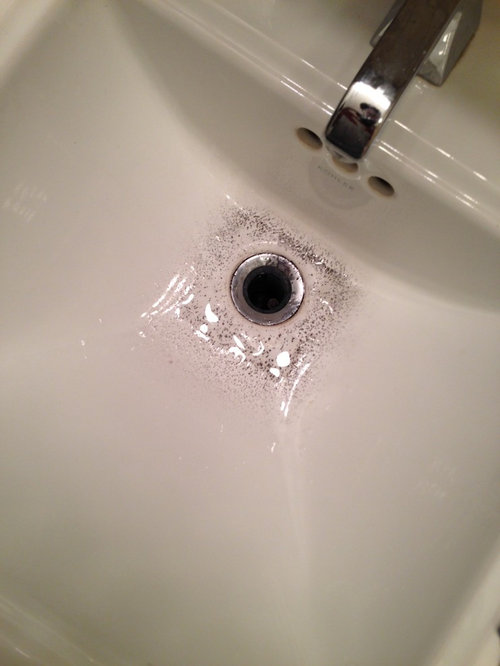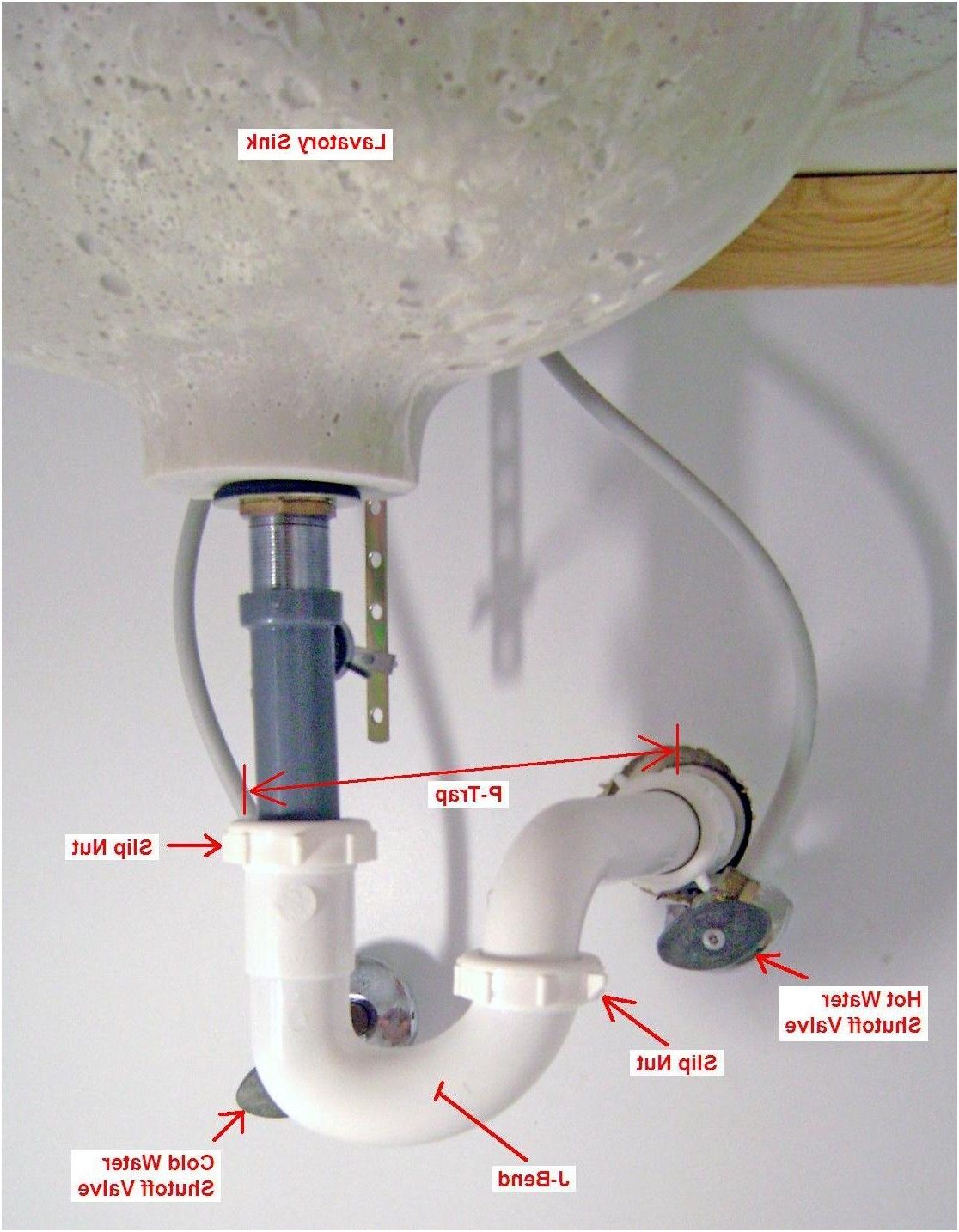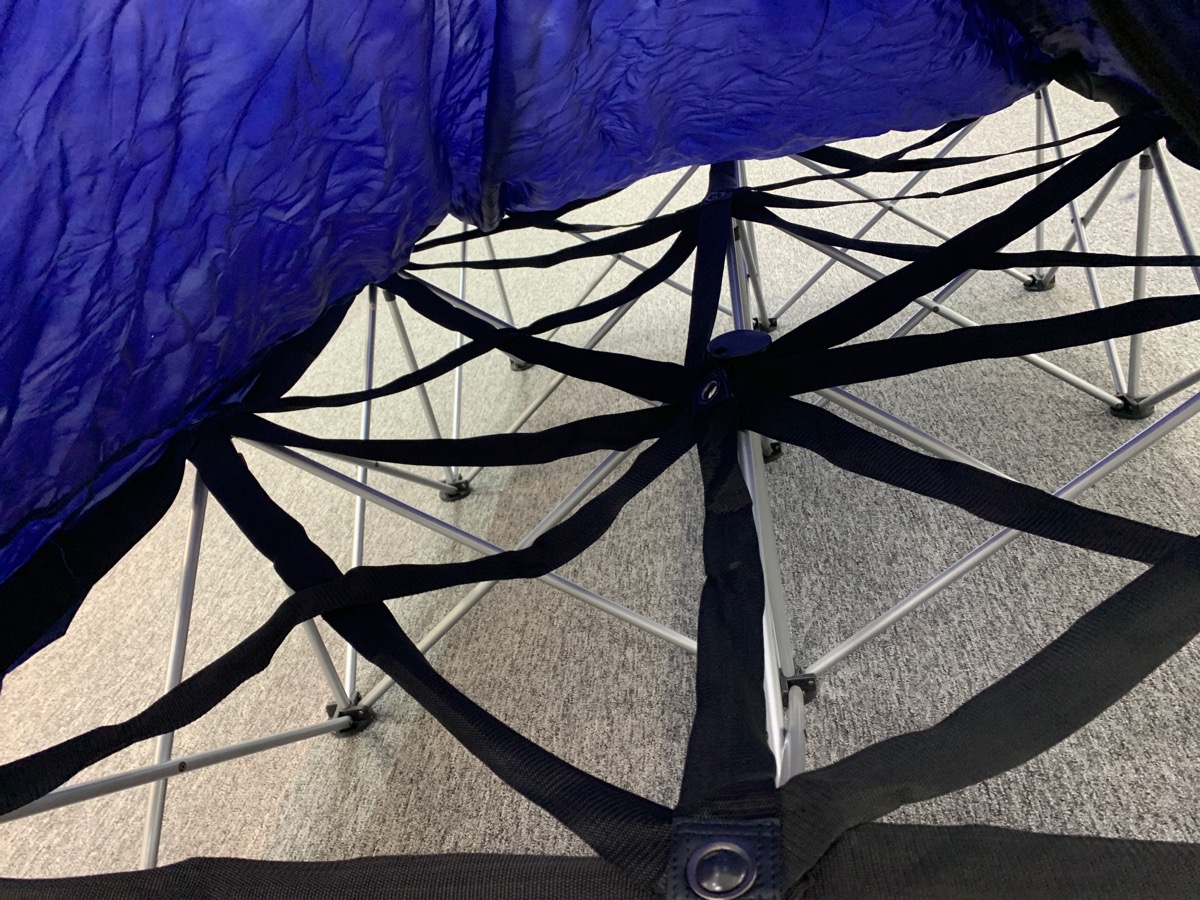Dealing with mold under your bathroom sink can be a frustrating and unpleasant experience. Not only does it create an unsightly mess, but it can also be a health hazard for you and your family. But fear not, there are steps you can take to remove and prevent mold growth under your bathroom sink. In this article, we will discuss the top 10 ways to tackle this pesky problem. Mold Removal Under Bathroom Sink
The first step in removing mold under your bathroom sink is to identify the source. Most often, mold grows in damp and dark areas where there is little air circulation. This makes the area under your sink a prime spot for mold growth. To get rid of the mold, start by removing any items stored under the sink and thoroughly cleaning the area with a mixture of water and a gentle detergent. Use a scrub brush to remove any visible mold and then dry the area completely. How to Get Rid of Mold Under Bathroom Sink
Prevention is key when it comes to mold growth under your bathroom sink. After cleaning and drying the area, make sure to fix any leaks or plumbing issues that may be causing excess moisture. You can also use a dehumidifier or open a window to improve air circulation. Additionally, consider storing items in airtight containers to prevent mold growth in the future. Preventing Mold Growth Under Bathroom Sink
If the mold growth under your bathroom sink is extensive, you may need to take more drastic measures to remove it. One option is to create a mold removal solution using equal parts water and white vinegar. Apply the solution to the affected area and let it sit for 30 minutes before scrubbing and rinsing. For tougher mold, you can also use a mixture of bleach and water. Be sure to wear protective gear and follow safety precautions when using bleach. DIY Mold Remediation for Bathroom Sink
If you prefer to use commercial products, there are several options available for removing mold under your bathroom sink. Look for products specifically designed for mold removal and follow the instructions carefully. Some popular options include hydrogen peroxide, borax, and tea tree oil. These products are effective at killing mold and preventing it from coming back. Best Products for Removing Mold Under Bathroom Sink
If you are dealing with a severe mold problem or have underlying structural issues that may be causing mold growth, it may be best to seek professional help. A mold inspector can assess the extent of the mold growth and provide recommendations for removal and prevention. They may also be able to identify any underlying issues that need to be addressed to prevent future mold growth. Professional Mold Inspection for Bathroom Sink
Mold thrives in damp and humid environments, making your bathroom sink a prime target. Some common causes of mold growth under your bathroom sink include leaky pipes, poor ventilation, and excess moisture from items stored under the sink. It's important to address these issues to prevent future mold growth. Common Causes of Mold Under Bathroom Sink
Aside from being unsightly, mold under your bathroom sink can also pose health risks. Mold can cause respiratory issues, allergies, and skin irritation. It's important to take steps to remove and prevent mold growth to protect the health of you and your family. Health Risks of Mold Under Bathroom Sink
When cleaning mold under your bathroom sink, always wear protective gear such as gloves and a face mask to avoid inhaling mold spores. Use a scrub brush and a gentle cleanser to remove visible mold. For tougher mold, use a stronger solution such as bleach or a commercial mold removal product. Allow the area to dry completely before replacing any items. Tips for Cleaning Mold Under Bathroom Sink
In some cases, mold growth under your bathroom sink can cause damage to the surrounding area. If you notice any structural damage or mold growth on walls or flooring, it's important to address these issues as soon as possible. This may require hiring a professional for repair and remediation. How to Repair Damage from Mold Under Bathroom Sink
The Dangers of Mold Under the Bathroom Sink and How to Prevent It
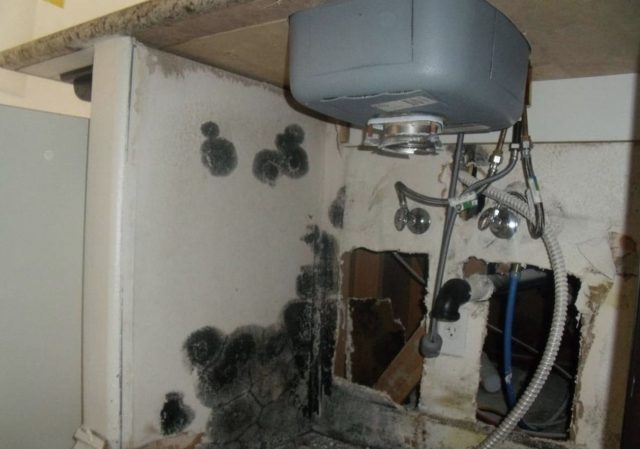
Introduction
 When designing a house, one of the most important aspects to consider is the bathroom. A well-designed bathroom not only adds value to a home, but it also enhances the overall aesthetic and functionality. However, with all the pipes, moisture, and humidity, the bathroom is also a prime breeding ground for mold. And one of the most common places for mold to grow is under the bathroom sink. In this article, we will delve into the dangers of mold under the bathroom sink and provide tips on how to prevent it.
When designing a house, one of the most important aspects to consider is the bathroom. A well-designed bathroom not only adds value to a home, but it also enhances the overall aesthetic and functionality. However, with all the pipes, moisture, and humidity, the bathroom is also a prime breeding ground for mold. And one of the most common places for mold to grow is under the bathroom sink. In this article, we will delve into the dangers of mold under the bathroom sink and provide tips on how to prevent it.
The Dangers of Mold
 Mold is a type of fungus that thrives in warm, damp, and dark environments. Under the bathroom sink, there are often leaking pipes and constant exposure to moisture, making it the perfect breeding ground for mold. Unfortunately, mold not only looks unsightly, but it can also cause serious health issues. Exposure to mold can lead to allergic reactions, respiratory problems, and even neurological issues. It is especially dangerous for those with weakened immune systems, such as young children, elderly, and those with chronic illnesses. Therefore, it is crucial to address any mold growth under the bathroom sink as soon as possible.
Mold is a type of fungus that thrives in warm, damp, and dark environments. Under the bathroom sink, there are often leaking pipes and constant exposure to moisture, making it the perfect breeding ground for mold. Unfortunately, mold not only looks unsightly, but it can also cause serious health issues. Exposure to mold can lead to allergic reactions, respiratory problems, and even neurological issues. It is especially dangerous for those with weakened immune systems, such as young children, elderly, and those with chronic illnesses. Therefore, it is crucial to address any mold growth under the bathroom sink as soon as possible.
The Causes of Mold Under the Bathroom Sink
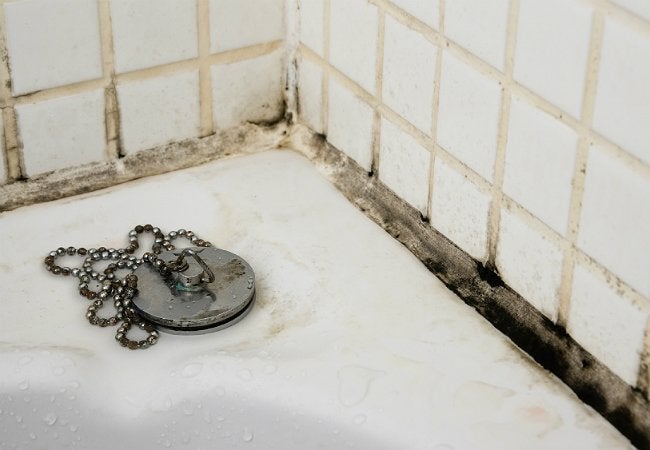 There are several factors that contribute to mold growth under the bathroom sink. The most common cause is moisture. If there is a leaky pipe or if the sink is not properly sealed, water can accumulate and create a damp environment for mold to thrive. Another factor is poor ventilation. Without proper air circulation, moisture can get trapped and create conditions for mold to grow. Lastly, lack of maintenance and cleaning can also lead to mold growth. If the area under the sink is neglected and not regularly cleaned, it can create a perfect habitat for mold to grow.
There are several factors that contribute to mold growth under the bathroom sink. The most common cause is moisture. If there is a leaky pipe or if the sink is not properly sealed, water can accumulate and create a damp environment for mold to thrive. Another factor is poor ventilation. Without proper air circulation, moisture can get trapped and create conditions for mold to grow. Lastly, lack of maintenance and cleaning can also lead to mold growth. If the area under the sink is neglected and not regularly cleaned, it can create a perfect habitat for mold to grow.
Prevention Tips
 The good news is that mold growth under the bathroom sink can be prevented with some simple steps. First and foremost, make sure to fix any leaking pipes and properly seal the sink to prevent water from accumulating. It is also important to ensure proper ventilation by installing a fan or opening a window after showering. Regularly cleaning and disinfecting the area under the sink can also prevent mold growth. Additionally, keeping the area dry and free of clutter can also help discourage mold growth.
The good news is that mold growth under the bathroom sink can be prevented with some simple steps. First and foremost, make sure to fix any leaking pipes and properly seal the sink to prevent water from accumulating. It is also important to ensure proper ventilation by installing a fan or opening a window after showering. Regularly cleaning and disinfecting the area under the sink can also prevent mold growth. Additionally, keeping the area dry and free of clutter can also help discourage mold growth.
In Conclusion
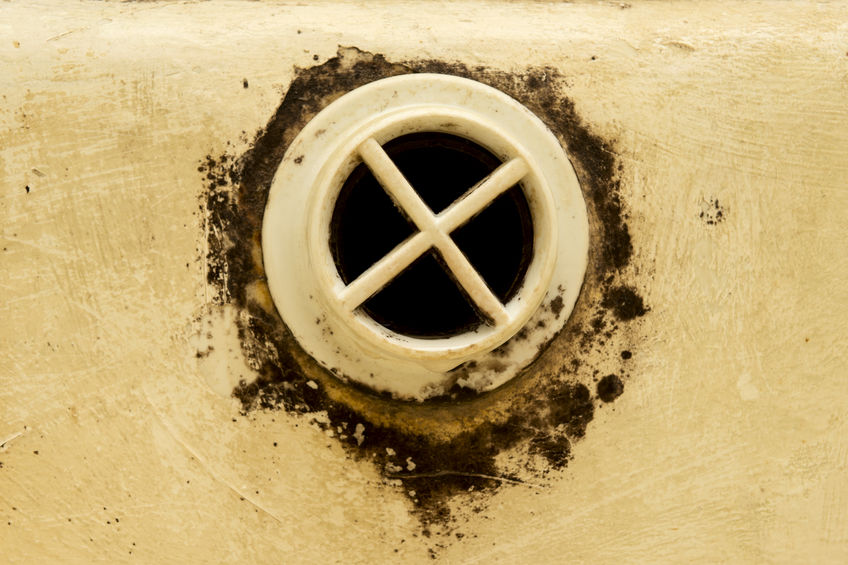 Mold under the bathroom sink is not only unsightly, but it can also pose serious health risks. By understanding the causes of mold growth and taking preventative measures, you can ensure a safe and healthy bathroom environment. Remember to regularly inspect and maintain the area under the sink to catch any potential mold growth early on. With these tips in mind, you can enjoy a beautiful and mold-free bathroom in your well-designed home.
Mold under the bathroom sink is not only unsightly, but it can also pose serious health risks. By understanding the causes of mold growth and taking preventative measures, you can ensure a safe and healthy bathroom environment. Remember to regularly inspect and maintain the area under the sink to catch any potential mold growth early on. With these tips in mind, you can enjoy a beautiful and mold-free bathroom in your well-designed home.



